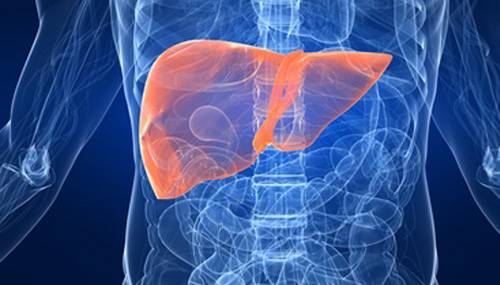
Do you know about liver? Liver is a vital organ present in vertebrates and plays a major role in metabolism and has a number of functions in the body

Information about liver disease
Damage to liver cells release certain enzymes that can lead to sharp normal or existing values, and it can produce substances that indicate deranged liver function. Chemical substances produced in the liver may also affect the certain body mechanisms that indirectly points to the defective liver function. Many of these derangement can detect in the blood. In addition to blood some of the methods of image processing is also a portrait of the liver in such a way that experts can identify any anomalies.
We will discuss some of the investigations, which can be used together with certain values, which may indicate that the abnormal liver function in the next section.
Investigation : 1. This test of liver function is the investigation of blood, which can be done using venous blood collected from peripheral vein. Example of automated analysis tools, and will contain several indicators that reflect liver function.
AST / ALT – they are known as liver enzymes and show a higher level in case of damage to liver cells, or from time to time of infection.
Gamma GT – levels are also elevated in liver damage cells and are usually the more in patients who have severe alcoholics.
ALP – although not only to the liver, elevated levels of this enzyme also indicates derangement, which may indicate liver disease.
Bilirubin levels – Bilirubins are byproducts breakdown of red cells and are elevated in conditions associated with excessive red cell breakdown by increasing the capacity of the liver. Thus, the liver disease can also lead to accumulation of bilirubin and height above sea level “direct” type of bilirubin may indicate the presence of obstacles to the flow of the substance. When the amount of bilirubin above may demonstrate clinically with a yellow skin and sclera eyes.
Protein levels (albumin): Parts, albumin levels in the blood indicates the way to liver disease is also a major source of albumin production. Belka is useful in maintaining the gradient of concentration in the blood and its deficiency will lead to conditions that manifested as an accumulation of fluid, or edema.
Prothrombin: This is another liver protein, which plays an important role in blood coagulation and thus lead to abnormal clotting time. This drawback can be detected using “clotting test” and another option, known as the INR is used in evaluating the relative disadvantage.
Lipid profile: cholesterols and triglycerides also formed in the liver and are useful in evaluating the cardiovascular system and stroke risk individuals.
Healing Fatty Liver Disease: A Complete Health and Diet Guide, Including 100 Recipes
Ultrasound scan: the test, which is not invasive, and easily performed, expert radiologist is able to identify most of the pathologies present in the liver. This can vary from a tumor, cirrhotic appearance and dilatations in the biliary tree.
MP: Maybe in the diagnosis of certain diseases and will be conducted in order to arrive at an accurate conclusion about the extent to which diseases such as cirrhosis or cancer.
Liver biopsy: is perhaps the most invasive test performed in the liver biopsy will use a special needle to take a tiny piece of liver tissue and can explain any anomalies are present, the pathologist experience that related to liver disease.
In addition to the above, MRI is another imaging technique, can generate a more detailed picture of the liver in order to facilitate the diagnosis.

Leave a Reply